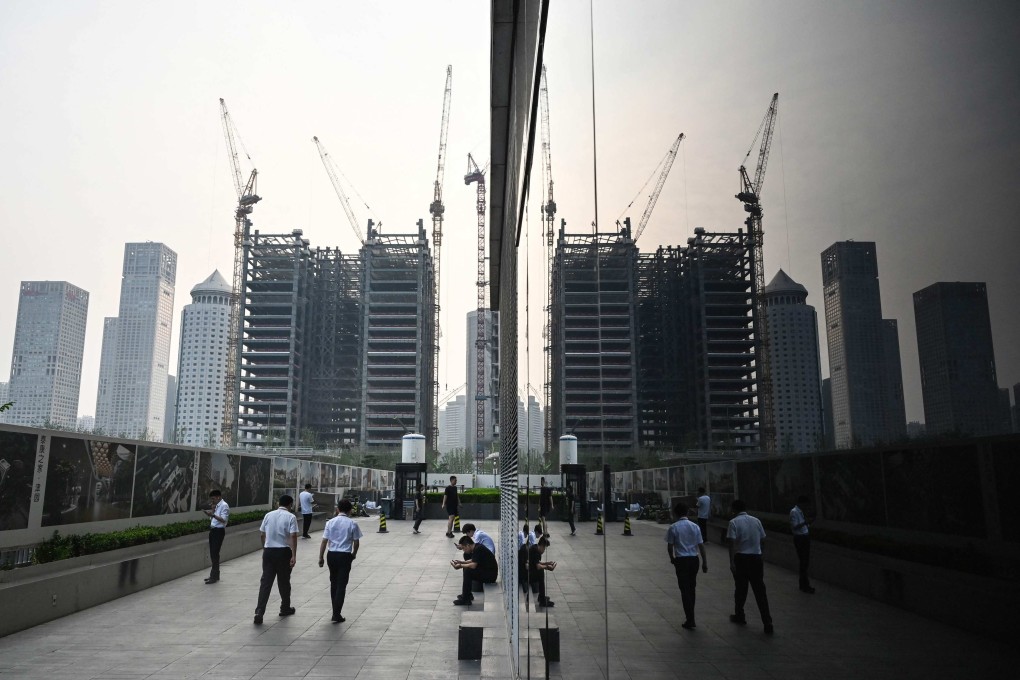Advertisement
Opinion | China’s timely tax reforms will help local governments deliver stability
- With a shift away from disproportionately expecting state governments to power growth, the focus must now be on social welfare and stability
Reading Time:4 minutes
Why you can trust SCMP
1

China’s latest tax reform plans, focused on raising income for local governments, as well as support from the central government, are long overdue. The property crisis triggered by the “three red lines” policy introduced in 2020 led to a wider economic downturn, but the deeper cause is the reliance of local governments on land-based financing.
Advertisement
This reliance is a product of China’s unbalanced fiscal architecture, where local governments shoulder a disproportionate share of the fiscal responsibility (over 80 per cent of spending last year) relative to their share of fiscal income (just over half). All this, while tasked with delivering unending economic growth, drove local governments to exploit the key resource at their disposal – land.
The rapid unravelling of the property sector might have surprised the central government but this unsustainable fiscal architecture was long due for a reckoning.
The lot was cast decades ago when mainland China adopted a local fiscal model inspired by Hong Kong’s reliance on land sales. It was an expedient choice which fuelled rapid, but ultimately unsustainable, economic growth. A rebalanced fiscal architecture is crucial to China’s next stage of sustainable growth.
In recent years, local government financing vehicles (LGFVs) have been central to this model, where infrastructure investments and rising land values created mutually reinforcing circles. This has come to an abrupt end. Now, such “off balance sheet” municipal financing, estimated at US$7-11 trillion, poses a significant financial risk to the economy.
Advertisement
Local governments, in chasing economic growth, have engaged in a vast range of business activities, habitually pursuing trendy sectors. This led to overinvestment and surplus production in sectors from solar panels to electric vehicles. While global consumers benefit from ever lower prices on these exportable goods, less fungible assets like ghost towns and failed tourism projects are stark reminders of the value destruction that can result.

Advertisement
